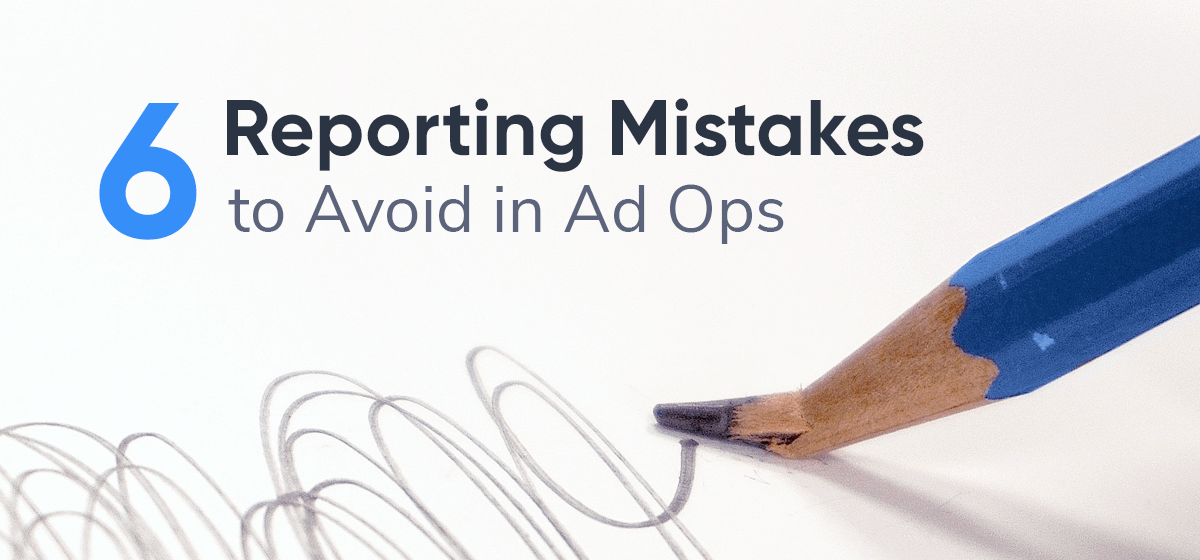Is your campaign reporting falling short of your expectations? We process thousands of reports each month and have noticed many of the same issues come up time and time again. It’s important to develop an understanding of common missteps in order to avoid them. With that in mind, here’s a list of the top mistakes that we see in ad operations reporting and how you can avoid them.
1. Duplicate creatives in separate orders
How do you allocate impressions to each of these creatives? We’ve seen many publishers incorrectly doubling up agency counts when multiple line items use the same third-party tags. It wasn’t until DV Publisher Suite handled the proration of these impressions that they realized they’ve been tracking incorrectly. Even if you’re billing these shared creatives properly, you’ll want to keep an eye on how they are connected. If you want to make reconciling numbers easier on your finance team, you’ll want to keep duplicate creatives in the same order.
2. Campaigns starting without agency data
Occasionally your organization may be blindsided by an agency not giving access to campaign data. Do your best to press on them to get access! Regardless of whether it’s a reporting login that the agency needs to set up or a report they schedule, getting access to the agency data is critical. There’s really no point in attempting optimization without access to both local and third-party data. No matter how automated your reports are, you still need that good old-fashioned contact with your agency to make sure you get the data you need.
3. Not recognizing creatives with multiple trackers (4th-party hops)
Agencies may bill you based on a vendor that doesn’t necessarily match up to the ad tag provided. Usually, this is because the creative has a 4th-party tag (for example, Flashtalking serving DFA). You’ll want to keep an eye out for cases like this to make sure the agency gives you access to the platform that houses the billable data.
4. Lack of process for viewability campaigns
This is everyone’s sore point right now. Many publishers are handling viewability-billed campaigns as one-offs. The best suggestion we have here is to understand the different ways you might have to bill based on viewability and define a process surrounding the tracking of these campaigns. For example, we’ve seen custom fields utilized to label the kinds of billing rules used for viewability, including the different GroupM metrics or In-View Time.
5. Changing ad tags on live line items
There’s currently not a great way to record the date updated when you change an ad tag. This makes reporting and tracking very complex. Let’s say you change a tag at 2:00 p.m. and the DFP creative fired two impressions, one in the morning and one in the evening. Unless you break the report out by hour, there’s no way to accurately capture the impression count. The best practice here is to stop the creative with the old tag and generate a new creative in the line item with the new tag. This makes for cleaner reports and allows you see exactly when the tag was updated.
6. Not Associating people with orders and line items
Without traffickers or sales reps associated with an order or line item, how can things get done? It’s tough to look at a campaign that has a problem and have no idea who to notify. Therefore, make sure the datasets in your reports include some indication of who is responsible for the specific campaign or order.
Have your own reporting struggles? Let us know if there are any issues, solutions, or best practices that you’d like to hear about.






